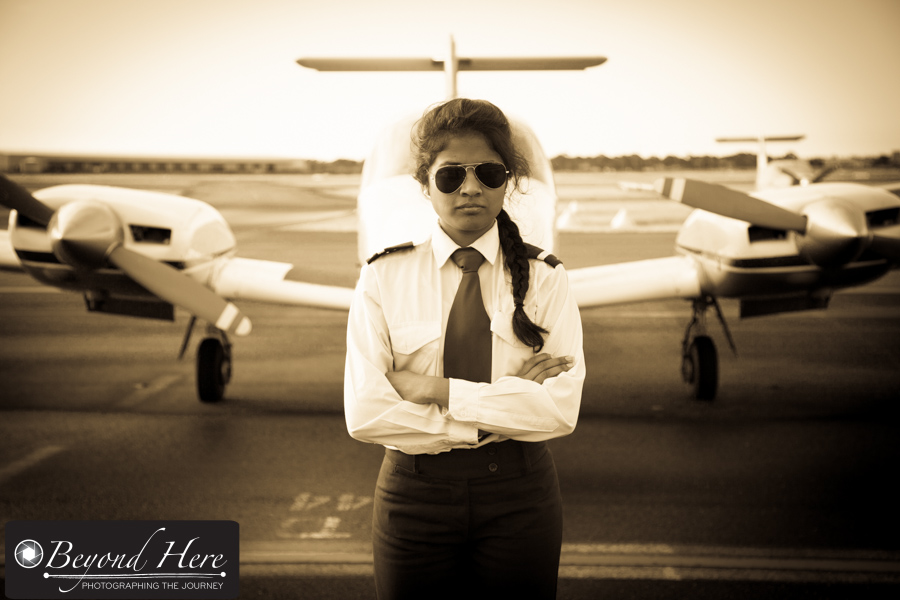Are you wondering what the summer slowdown in stock photography is? Have you heard this terminology but don’t really understand it?
Like many types of photography, stock photography goes through seasons or cycles. There are peaks of demand around major events. Think of large events like the US presidential election, the Olympics, or Valentines Day, or major upheavals and social unrest. And there are also peaks and troughs at certain times of the year.

July and August are typically slow months for stock photography sales
The bulk of the world’s population lives in the northern hemisphere – the United States, North America, Europe, and major parts of Asia. Because of the population base these countries or continents represent the majority of the buyers of stock photography. So when those economies slow for a summer holiday, stock photography sales also slow down.
The summer slowdown in stock photography refers to the time of the year when northern hemisphere clients are having a summer holiday, and so stock photographers are experiencing fewer downloads of their images. That happens in July and August each year.
What should you expect in the summer slowdown in stock photography? My own experience as a stock photographer is that the total number of downloads of my files reduces each July and August and then picks up again in September and October. I am writing this post in the first week of August, so if you are experiencing a reduced number of downloads of your files, this is normal for this time of year. Don’t panic. You should see it pick up again in September.
So, it is one thing understand what the summer slowdown in stock photography is, but what do we do about it?

Consider doing more client work in July and August while stock photo sales are down
Exactly what you will want to do about it depends on your own business and circumstances, but here are three options to think about.
Option one. Do nothing. This option recognizes that sales will slow at this time of year, and so your stock photography income will decline during these months. If you have cash flow from other sources, the summer slowdown in stock photography is nothing to worry about and no particular action is required.
Option two. Develop more client work at this time of year. If you are wanting to develop a consistent flow of income you’ll need to build up income from other sources during the northern hemisphere summer months. I do this by shooting more family portraits at this time of year. Family portraits might not be the solution for you depending on what you like to shoot and what your typical client looks like. With planning and preparation its possible to adjust your client work to increase at this time of year. Keep in mind your stock photography income is likely to drop in July and August, and you will need to increase income from other sources.

Not all stock photography sales slow down in July and August. Consider shooting content which will sell well during this period
Option three. Develop stock content which isn’t impacted by the summer slowdown in stock photography. Not all stock photography markets experience a slowdown in these months. Where I live in Melbourne, Australia it is the middle of winter in July and August. It is also a time where there are very few public holidays. This is generally a good time for stock photography sales and I see steady downloading of my Australian themed images in July and August. Perhaps there are geographic markets or specific content you could shoot for which don’t slow down in the northern hemisphere summer months?
Thanks for reading what is the summer slowdown in stock photography. I hope it has helped explain the seasonality which occurs in stock photography and given you some options to consider. Happy shooting.























